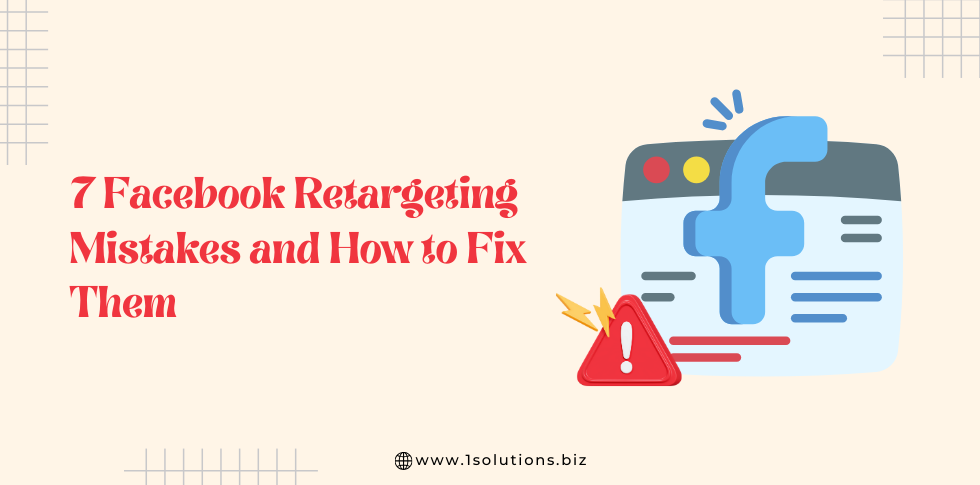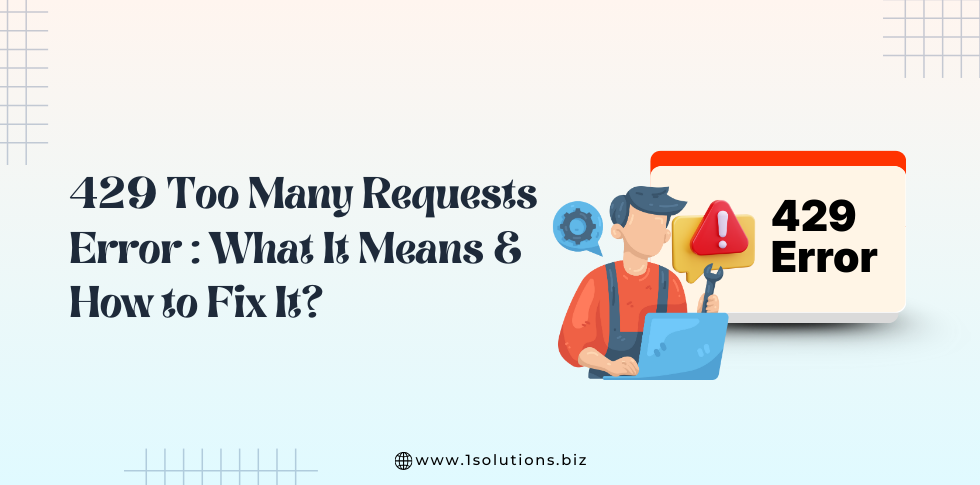User interface design” (or “UI design”) refers to the steps taken to create a website’s visual and interactive elements in a way that makes them feel intuitive and natural to the end user.
This includes things like selecting and arranging colors, fonts, icons, and other design elements in a way that facilitates easy navigation and quick task completion.
UI designers work closely with UX designers to ensure that the final product meets the needs of its target audience in terms of usability, intuitiveness, and aesthetic appeal. A successful product from the perspective of user experience will be one that serves its intended purpose while also being enjoyable to use.
Today’s blogs and applications are dynamic and interactive. As designers, our job is to make it so that the interface in which they communicate with our web UI design is as close as possible to ideal.
Fortunately, there are some universal rules which can support them. We have put together what we believe are the best concepts of design so that you can better all your future ventures in web design.
Know Your Users
Knowing your users is a critical aspect of user interface (UI) design. To create a design that meets your users’ needs and expectations, you must first understand who your users are, what their goals and preferences are, and how they will interact with your application or website.
By understanding your users, you can tailor your design to make it more user-friendly, intuitive, and appealing to your target audience.
To get to know your users, you can conduct research such as user interviews, surveys, and user testing. This will help you gather information about your users’ demographics, behavior patterns, and preferences. You can also use analytics tools to gain insights into how users interact with your application or website.
Once you have a clear understanding of your users, you can use that information to inform your design decisions.
For example, if your target audience consists of older adults, you might choose a larger font size and high-contrast colors to make the interface easier to read. Alternatively, if your target audience is tech-savvy millennials, you might use more interactive design elements to engage them.
Also Read:- 5 Clickworthy Call To Action Ideas For Your Campaign
Keep It Simple
A basic rule of good user interface (UI) design is to keep things as simple as possible. For a good user experience, the design needs to be simple and easy to understand. A confusing interface with too many features or options can make it hard for people to find what they need and finish their tasks.
Focusing on the most important features and functions that your users need will help you keep your design simple. You shouldn’t add features or elements that aren’t needed because they can distract users or make them feel overwhelmed. Instead, put the most important information and features at the top of the list and make sure they are easy to find.
The use of clear and concise language, few visual elements, and easy-to-understand navigation can also help make something simple. Icons and buttons should be self-explanatory so that users can easily figure out what they are for and how to use them.
Your application or website will be easier to use and give users a better experience if its design is simple and easy to understand. A simple and easy-to-use design is more likely to be liked and shared by users, which leads to more engagement, sales, and overall success.
Be Consistent
Consistency is a key part of a well-designed user interface (UI). Consistency in design elements like colors, fonts, and layout gives the interface a more professional look and makes it easier to use.
Keeping your design consistent makes it easy for users to figure out how to use your application or website. By using the same color scheme, fonts, and layout throughout the interface, it’s easy for users to find and understand different parts of the design.
When users see a professional and well-thought-out design, they are more likely to trust and believe in the brand. When the design stays the same, users can be sure that they are using a reliable and trustworthy website or app.
Use design guidelines or a design system, which gives a set of rules and standards for how to design different parts of the interface, to make sure the design is consistent. These rules make sure that all design elements look the same and fit together, no matter who makes them or where they show up in the interface.
Also Read:- How To Balance Usability With SEO?
Use the Right Design Elements
A key part of making a good user interface (UI) design is using the right design elements. The choice of design elements should be based on who the app or website is for and what its purpose is. It’s important to use design elements that are right for the users and the tasks they need to do.
For example, if the audience is older adults, you might want to use larger fonts and colours with a lot of contrast to make it easier to read. If the goal of the app or website is to sell products, you would want to use clear, appealing images of the products to show what they can do and how they can help.
In the same way, if the goal of the app or website is to teach, you should use images, graphs, or diagrams to make the content more interesting and easy to understand for the users. When choosing the design elements, you should think about how the user will use them.
When choosing design elements for an app or website, it’s also important to think about the brand. The brand’s visual identity and tone should be reflected in the design elements. This helps users remember the brand and build trust in it.
Prioritize Visual Hierarchy
Visual hierarchy is an important design principle that helps users focus on the most important information and features on the screen. It helps organise the content in a way that makes it easier for users to understand and use the interface.
Visual hierarchy is created in user interface (UI) design by using things like color, typeface, size, and placement. By using these elements well, you can create a visual structure that leads the user’s eye through the content and draws attention to the most important parts.
For example, headings and titles can be drawn attention to with bigger text or bold fonts, while less important information can be shown with smaller text or lighter colors. Important things can also get the user’s attention by being in a prominent place, like the middle of the screen or at the top of the page.
Visual hierarchy can also be used to show users the next step or action they need to take in a process or task. This can be done with arrows, progress bars, or other visual indicators.
By putting visual hierarchy at the top of your list, you can make a user interface that is easy to understand and use. This can improve the user experience and get people more involved. When the most important information and features are clear and easy to find, users are more likely to achieve their goals and have a good experience with the app or website.
Also Read:- 5 Essential Components Of A Successful Landing Page
Easy Navigation
Easy navigation is a key part of user interface (UI) design. Navigation means that the user is able to move around the application or website and find the information they need. A good navigation system is intuitive, easy to use, and helps users reach their goals.
For easy navigation, it’s important to organize the content in a clear and logical way. This means putting related information into groups and giving navigation items labels that are clear and to the point. The navigation menus should be the same throughout the interface, and it should be easy to get to them from any page.
Another important part of navigation is giving users feedback. Users should always be able to see where they are in an application or website and know how to go back to previous pages or screens. This can be done with the help of breadcrumbs, progress indicators, or clear labels.
Lastly, it’s important to make the navigation work well on different devices and screen sizes. The navigation menus should be made to work on both desktop and mobile devices, and they should be easy to use on smaller screens.
Easy Accessibility
Accessibility is a key part of user interface (UI) design that makes sure everyone, including people with disabilities, can use the app or website. Accessible design means making an environment where everyone can participate and interact with the content.
To make sure that their designs are accessible, UI designers need to think about the needs of users with disabilities, such as problems seeing, hearing, or moving around. This could mean adding things like text-to-speech, closed captions, or color schemes with a lot of contrast that make the content easier for people with disabilities to use.
UI designers also need to make sure that their designs work with assistive technology that people with disabilities often use, such as screen readers or magnifiers. This means using HTML that makes sense and giving alternative text for images so that people who use screen readers can get a good idea of what the content is.
Also, the interface needs to be easy to use with a keyboard, since some users may not be able to use a mouse. This can be done by making sure the navigation is clear and consistent, by using keyboard shortcuts, and by making sure that all the interactive parts can be reached with a keyboard.
By making sure their content is accessible, UI designers can make sure that all users can see and use it. This can make the user experience better for everyone, even those with disabilities, and help make the site more welcoming for everyone. It’s also important to remember that designing for accessibility is not only the right thing to do, but in many countries, it’s also the law.
Also Read:- 16 Free Tools For Responsive Web Design Testing
Use White Space Correctly
Whitespace is an important part of user interface (UI) design. It refers to the empty space between design elements like text, images, or icons. Even though it may look like wasted space, whitespace is an important design element that can make the text easier to read, create a sense of balance, and draw attention to important information.
Using whitespace well can help create a clean, uncluttered design that is easy on the eyes and improves the user experience. By leaving enough space between design elements, the text is easier to read and understand. Also, whitespace can help create a sense of visual hierarchy by drawing attention to the most important things on the page.
But it’s important to remember that “whitespace” doesn’t always mean “white” space. Whitespace can refer to any empty space, including areas of color or texture that help create a sense of balance and harmony in a design.
It’s important to find a balance between too much and too little white space when using it. Too much whitespace can make the design feel sparse and unfinished, while too little can make the content feel crowded and overwhelming. A good designer knows how to use white space to make a balance that looks good and works well.
Overall, using whitespace well is a key part of making a clean, uncluttered design that improves the user experience. Designers can make a more engaging and effective interface by leaving enough space between design elements and drawing attention to the most important content.
Also Read:- How to Make Your Blog Look Professional
Test and Test
Testing and iteration are important parts of user interface (UI) design. They involve getting feedback from users and using that feedback to make improvements to the design. By testing the design with real users, designers can learn a lot about how users interact with the interface and find places where it could be better.
Testing and iterating can take many forms, such as usability testing, A/B testing, and focus groups. In usability testing, users are given specific tasks to do with the interface, and their actions are watched and recorded. This can help find places where users may get stuck or frustrated, and where improvements can be made.
A/B testing involves comparing two versions of the same design to see which one works better. This can help figure out which parts of the design work better and which ones need to be improved.
Focus groups involve getting a group of users together to talk about the design and give feedback. This can be helpful for getting a better idea of what users want and need and for finding places where the design could be improved.
Once feedback has been gathered, the designer can iterate on the design, making changes and improvements based on the feedback. This process of testing and changing can be done many times until the design meets the desired level of user satisfaction and achieves its goals.
Also Read:- How to Improve Your Conversion Rate with a Great UX
Stay Updated
In user interface (UI) design, it’s important to keep up with design trends and technological changes. Design trends and technology are always changing, so staying up-to-date is a good way to make sure your design stays relevant and useful.
Keeping up with design trends can help you know what’s popular and what isn’t, and it can also help you find new ways to design. It can also help you stay ahead of the competition and avoid using design elements that are out of date or no longer work.
For effective UI design, it’s also important to keep up with changes in technology. As technology changes, new tools and methods come out that can help users have a better time. For example, the rise of mobile devices and touchscreens has changed the way interfaces are made, putting more emphasis on touch-based interactions and responsive design.
In addition to keeping up with the latest design trends and technologies, it’s important to know the best ways to design UIs. This can mean following guidelines and standards set by the industry, such as those set by the World Wide Web Consortium (W3C) for making websites accessible.
Conclusion
Effective user interface design requires a deep understanding of user needs, preferences, and behaviors, as well as the ability to communicate information and functionality clearly and quickly. By following these rules and using best practices in UI design, designers can make interfaces that are easy to use and look good.
Lastly, it’s important to keep in mind that designing a user interface is an ongoing process. By testing and getting feedback from users, designers can find places where the design could be better and keep making changes until it meets the level of user satisfaction they want and meets the goals they set out to achieve.
With hard work, attention to detail, and a commitment to keeping up with the latest design trends and technologies, designers can make interfaces that are not only useful, but also interesting, fun, and memorable.































 in India
in India